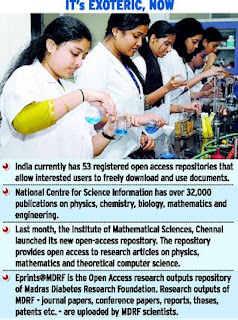Getting confident at workplace requires some personality traits. If you closely analyze successful and confident people at workplace, you will find some particular qualities. Let us understand few of those qualities one by one and also understand their impact on your confidence:
1. Highly successful and confident people are always result oriented. Your boss does not count how many work you started, but he does count how many work you actually completed. Completing your work is a matter of habit; you can start the same right from today.
2. Confident people have good communication skills. Communication is all about knowing nuances of communication and playing with words and voice through practice. If you can take little pain, you can start developing communication right away.
3. They are good in planning and time management. With practice you can develop these traits by and by. One of the best ways is find techniques on time management and planning on youtube.com and other sites and start applying those;
4. They are 100% focused on whatever they do. Now getting focused is just habit and practice. “Doing one thing at one time” is one of the best practices of time management also.
5. Success and confident people never hesitate. Just keep in mind through hesitation you will get nothing; if you leave hesitation you are creating 100% chances of getting things you really want.
6. They learn everyday to contribute better and have better market value. If you have a burning desire to learn and contribute, you can start learning new things and advance your existing knowledge right away.
6. Successful and confident people are highly disciplined. Observe yourself how many times you make calls, check mails, interact with others and roam around while completing a work.
7. Successful and confident people are proactive; they tend to do work without instruction and before deadline. You can do so by taking little pain and risk and this is one of the best ways to feel confident.
8. They are highly energetic and maintain their energy level. Having energy level is all about taking good diet, proper rest and work out; anyone can have this with little practice.

